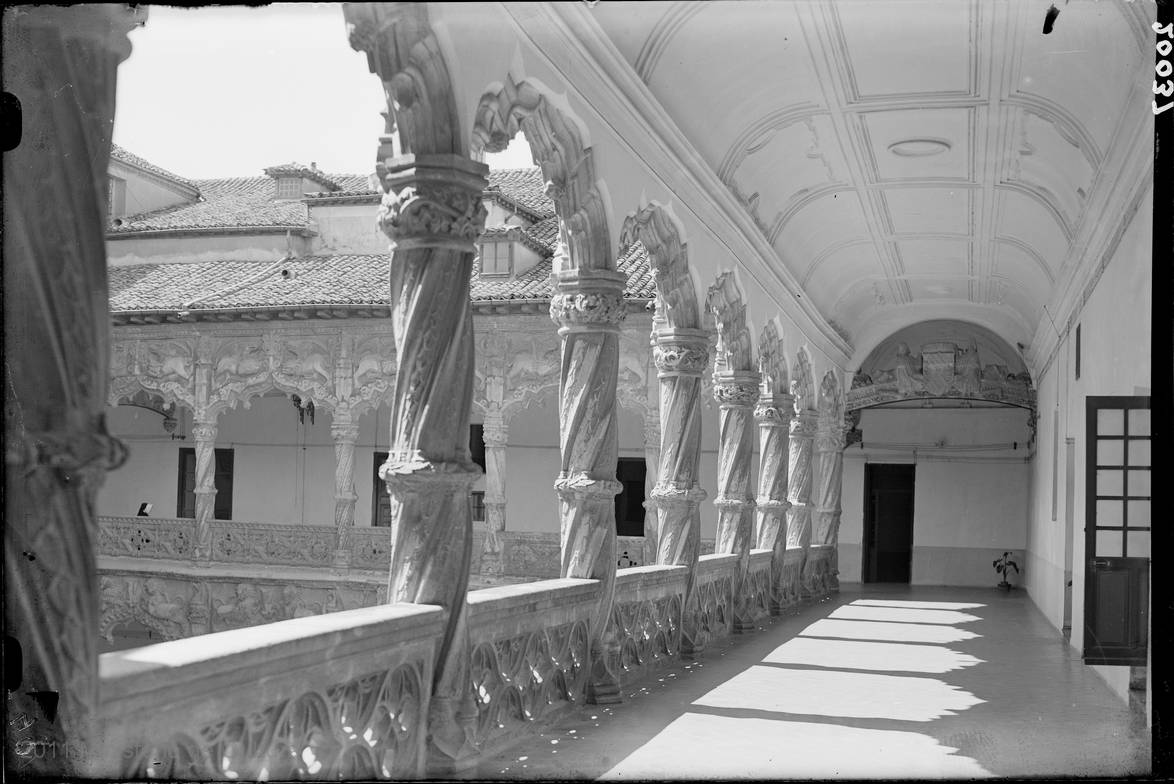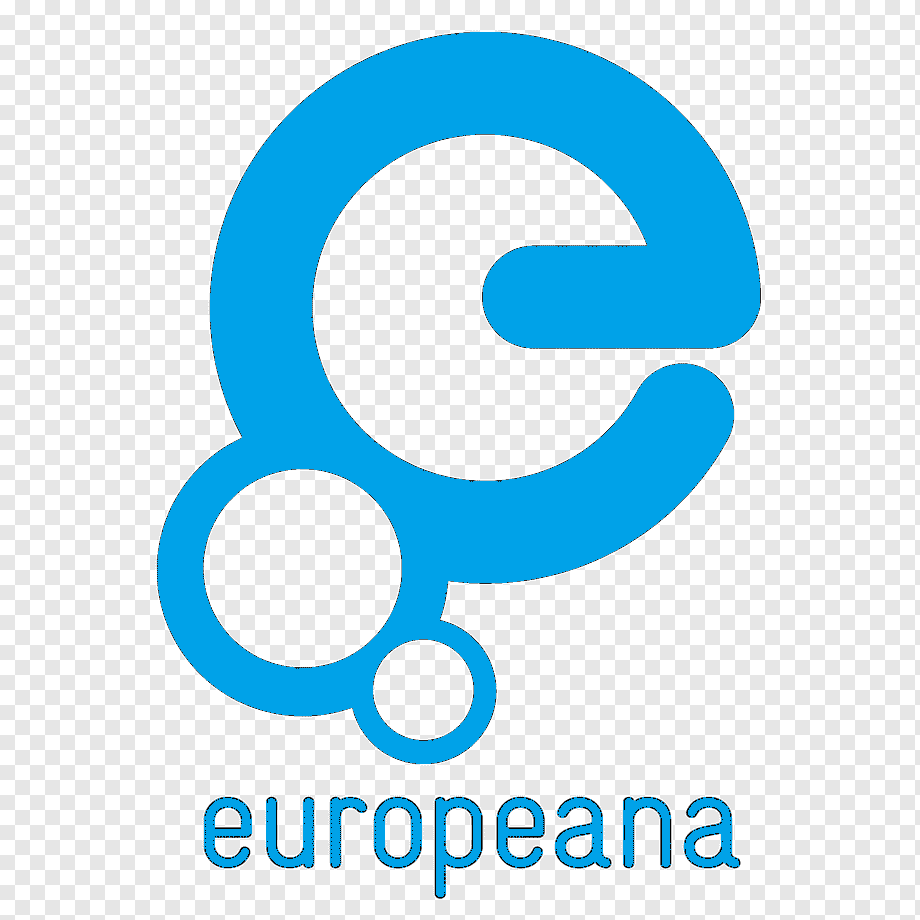The Virtual Library of Bibliographic Heritage is home to a rich collection of historical photographs. These collections come from the following institutions:
- Foundation for Ethnography and Development of Crafts of the Canary Islands (FEDAC)
The Foundation for Ethnography and Development of Crafts of the Canary Islands (FEDAC) is an autonomous body under the umbrellas of the Cabildo of Gran Canaria, the governmental and administrative organ of this island. Its objectives focus on the study, recovery and development of indigenous cultural elements, in particular on maintaining and developing crafts in Gran Canaria.
The FEDAC is home to the Historical Photography Archive of the Canary Islands which has over 140,000 photographs divided into different series and collections, of which more than 68,000 have been digitised (by the FEDAC and by the General Subdirectorate for Library Coordination). These digitised photographs can be viewed in this digital library and on the FEDAC website.
The origins of this archive of historical photography date back to 1999, when the Cabildo of Gran Canaria acquired a collection of old photos from the collector José Antonio Pérez Cruz. The collection was comprised of over 18,000 images, of which 11,000 are of the Canary Islands and some 8,000 of various parts of the world. Since then, the collection has grown due to various reasons: acquisitions, donations, deposits, agreements with the municipalities of Gran Canaria for the recovery of the island’s photographic heritage, etc.
The photographs held by FEDAC are of various types: daguerreotypes, ambrotypes, tintypes, collodion glass plates, cellulose nitrate negatives, albumen prints, using collodion, using gelatin-bromide, etc. Thanks to the excellent documentation work done by the FEDAC, this information has been included in the bibliographic records.
This rich collection provides images of the Canary Islands from over 150 years ago. In addition, there are photographs of the people and foregin landscapes that attracted tourists to the islands. The oldest photographs date back to the 1840s.
- Cultural Heritage Institute of Spain
The Cultural Heritage Institute of Spain manages the Photo Library of Spanish Historical Heritage, one of the most complete collections of historical photography in the country. It consists of approximately 400,000 documents from graphic archives and brings together the work of photographers who worked on cultural heritage in the second half of the 19th century.
Among the most significant collections of the Photo Library, both because of their antiquity and the quality and heritage value of the images, are the Moreno and Loty archives with a total of almost 70,000 photographs; they are mainly of works of art, many of which have since disappeared, and views of cities, monuments and landscapes.
A good number of these images have been digitised thanks to a collaboration project with the Virtual Library of Bibliographic Heritage and are available on its website.
The rest, along with collections from other photographic archives such as the Ruiz Vernacci Archive with original photographs by J. Laurent, the Information Archive, the Count of Polentinos Archive, and the Vaamonde Archive, can be viewed via the Cultural Heritage Institute of Spain’s website.
- University of Navarre
The Permanent Photographic Collection of the University of Navarre, is a reference collection for the study of the history of photography in Spain. It originated with the Ortiz-Echagüe legacy and was expanded thanks to the purchase of the Víctor Méndez collection and the Hershkowitz collection (of calotypes). It bring together a total of 7,762 photographs, including the above-mentioned José Ortiz-Echagüe collection and those of other photographers such as Juan Dolcet, Count de la Ventosa, Clifford, Laurent, Tenison, Leygonier, Beaucorps, Disdéri, Levy, Braun, Stirling, Masson, Massari, Wheelhouse, Martinez Sánchez, Garzón, Marés, Opisso, Alguacil, etc.
The University of Navarre, together with the Polytechnic University of Valencia have worked to accurately document this photographic collection on 19th-century Spain and disseminate it via the internet.
2,176 photographs from this collection can be viewed at the Virtual Library of Bibliographic Heritage. Most of them are views of cities and monuments, but there are also portraits, traditional scenes, etc.
- Camilo José Cela Galician Public Foundation
The Camilo José Cela Galician Public Foundation, located in Iria Flavia, the writer’s hometown, was established in 1986 by the Nobel Prize winner. Its main purpose is to keep all his manuscripts, books and personal documents, along with artistic and pictorial works and various collections of all kinds together to constitute a cultural, artistic and personal legacy that is visible and accessible to visitors and researchers. Today it is managed by the Department of Culture, Education and Universities of the Xunta de Galicia.
More than 9,000 photographs and slides make up the photographic archive that is housed by the Foundation. The material testifies to the dynamic life of this writer, his multiple travels, and the main events of his literary career as well as his many encounters with important 20th-century figures from Spain’s cultural and social scene.
In 2015, as a result of a collaboration agreement with the Foundation, the general Subdirectorate for Library Coordination digitised 3,399 photographs from this permanent collection. They can be viewed via this digital library.
- Public State Library of Pontevedra
In 2015, the General Subdirectorate for Library Coordination also digitised the valuable collection of photographs from the Muruais brothers’ collection, housed in the Public State Library of Pontevedra. The permanent collection, made up of over 2,000 portraits of well-known European figures, is of great quality and interest, and is very useful for studying the social, aristocratic and literary scenes of 19th- and early 20th-century Europe.
- Public State Library of Oviedo (collection of photographs from the newspaper Región)
The Public State Library of Oviedo is home to the digitised collection of the newspaper Región that contains many examples of sports photography.
- Other institutions
The Photo Library also has a few photos from institutions such as the Jaume I University of Castellón.
Text updated on 31 August, 2017











